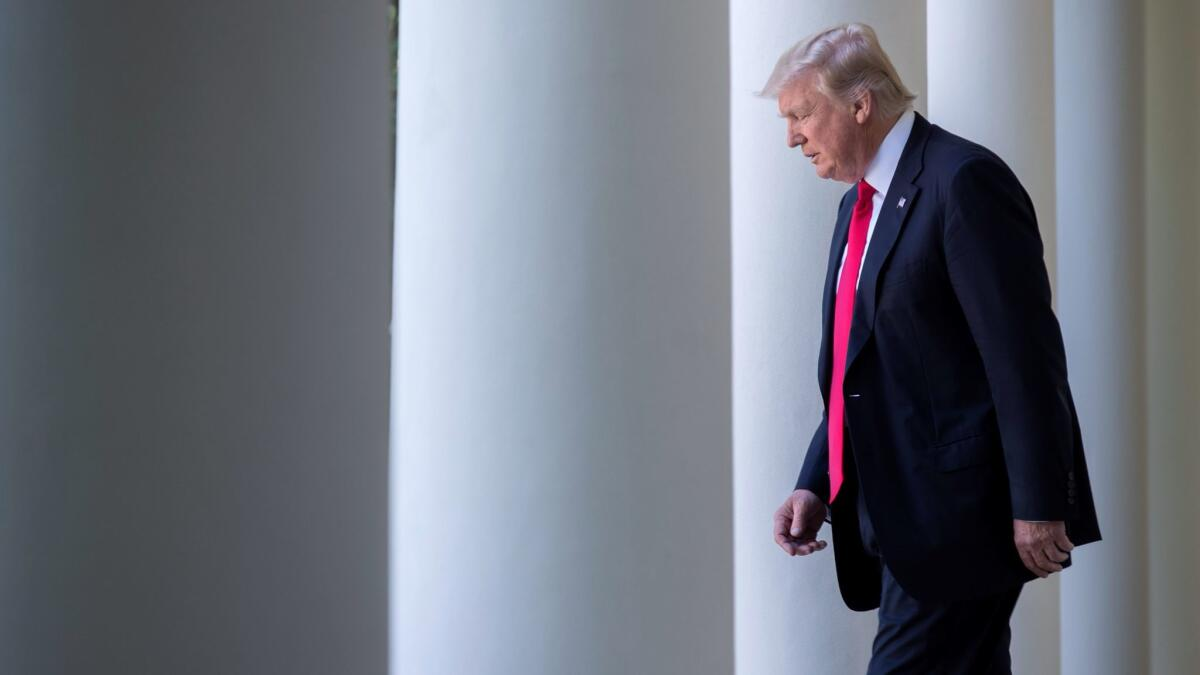My paper for IAEP 2017
"For love of pests: Barry Lopez, the figure of ‘wildlife,’ and megafaunal resurgences in the United States."
Environmental ethics, both as an academic discipline and as a cultural movement in the United States, owes a lot to a few crucial formative decades before after World War II. Many of the concepts, tropes, figures, and logics that continue to shape environmental consciousness today are those that happened to be prominent in scientific, political, and ethical discourse during this period. In this paper, I argue that ‘wildlife’ is one such concept, and that this concept or “figure” is problematic and bears critical attention. I make the case, based on contemporary usage and the situated historical context of the term’s origins (here drawing upon the recent work of Etienne Benson), that the figure of wildlife carries several distinct connotations. First, it denotes primarily charismatic animals, to the exclusion of many others. Secondly, it posits these animals as characterized by law-like patterns of behavior, and bases their moral and aesthetic worth on this characteristic. Third, the figure of wildlife usually connotes ‘native’ animals, to the exclusion of feral, domesticated, or ‘invasive’ species. And finally, wildlife connotes animals in particular categories of places, primarily wilderness. “Wildlife,” in short, means charismatic animals acting predictably in spaces removed from human habitation. The figure of wildlife, therefore, draws together several logics and distinctions, each of which has already received a good deal of critical attention in environmental humanities literature over the last few decades. Scholars like William Cronon, Neil Evernden, Timothy Morton, Donna Harraway, Paul Wapner, and others have taken critical approaches to these tenets of “naturalism.” Exploring the concatenation of these themes in the figure of wildlife, however, has added value in two ways. First, it is a way of critiquing the politics of naturalism as it applies to animals in particular. Second, the focus on animality provides a unique critical vantage point on the inherited concept of nature, and on the interconnected scripts, tropes, and distinctions that it houses. From this vantage, I claim, the concept of the “pest” also comes into focus. The pest (as the non-charismatic animal invading human spaces, and often seen as acting un-naturally) stands in stark opposition to the idealized imagery of wildlife. My claim is that it is not a coincidence that the term “wildlife” came into popular use precisely at the time when the animals it describes retreated from the everyday experience of most users of the term. Furthermore, I claim that the figure of “wildlife” is being strained by the actual resurgence of populations of certain species of megafauna in certain places in the United States today. In this context, I argue that a better ethical comportment toward “wild” animals might mean learning to admire and respect them precisely as pests, rather than treating their pest-like behaviors as aberrations of their “natural” mode of being. This paper explores the works of Barry Lopez, particularly in Of Wolves and Men and Arctic Dreams, as an example of an evocative celebration of animals as “revered pests.”



Comments
Post a Comment